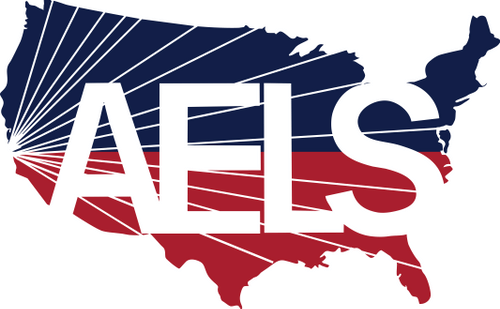The program start date of the new school and the program end date of the previous school are crucial elements that can significantly impact the F1 student transfer process. Let's delve into each of these dates and understand their significance:
Program Start Date of the New School:
The program start date of the new school is the date on which the student's academic program at the new institution officially begins. This date is stated on the new school's Form I-20, which is a crucial document for F1 students. The Form I-20 is issued by the Designated School Official (DSO) at the new school after the student's acceptance and successful SEVIS transfer.
Implications for the Transfer Process:
a. Coordination with the Previous School: When planning to transfer to a new school, the F1 student must ensure that the program start date at the new institution aligns with their academic intentions. This means the new program should ideally begin immediately after the program end date at the previous school or within a reasonable time frame to avoid any gaps in enrollment.
b. Legality of Remaining in the U.S.: The program start date of the new school is significant for maintaining lawful F1 status. If a student's SEVIS record is transferred to the new school and the program start date has passed, they must enroll at the new institution promptly. Failure to do so may result in a violation of their F1 status, which could lead to serious immigration consequences.
Program End Date of the Previous School:
The program end date of the previous school is the date on which the F1 student's academic program officially concludes. This date is also reflected on the Form I-20 issued by the previous school.
Implications for the Transfer Process:
a. SEVIS Transfer Release Date: The designated school official (DSO) at the previous school assigns a transfer release date in the SEVIS system. This date marks the point at which the student's SEVIS record will be transferred to the new school. The transfer release date is usually the program end date or the last day of the student's authorized grace period (if applicable).
b. Grace Period: F1 students are typically granted a 60-day grace period after the program end date to prepare for departure from the U.S., transfer to a new school, or apply for Optional Practical Training (OPT) if eligible. During this grace period, students cannot work or study.
Implications of Overlapping Program and Grace Period Dates:
If a student's program at the previous school ends, but the program start date at the new school is later, they will enter the grace period. During the grace period, they must either transfer to the new school or leave the U.S. within the allowed time frame.
In summary, the careful consideration and coordination of program start and end dates between the previous and new schools are crucial to ensure a seamless F1 student transfer process. By adhering to these dates and promptly communicating with the designated school officials, students can successfully maintain their F1 visa status and enjoy a smooth transition to their new academic institution.
Tagged: English Language Center in LA, English Language Center in Los Angeles
Published on July 20, 2023
A leading English language school accredited by the CEA (Commission on English Language Accreditation) and approved by SEVP (Student and Exchange Visitor Program) located in Los Angeles, California. Learn English in LA with our ESL classes, TOEFL preparation, and English speaking classes. Are you serious about improving your English? Join a class today!


